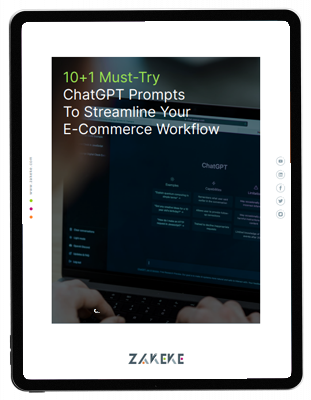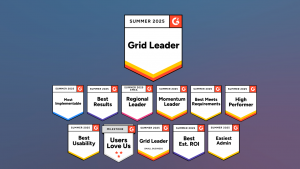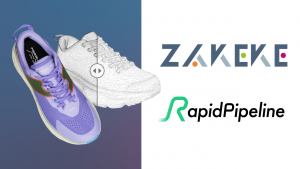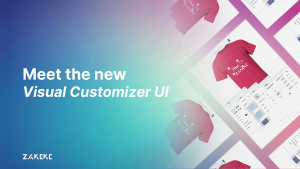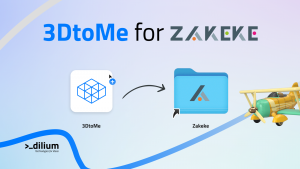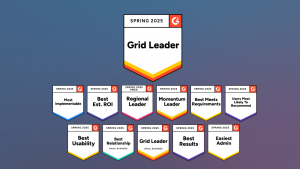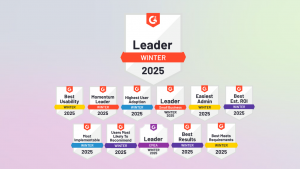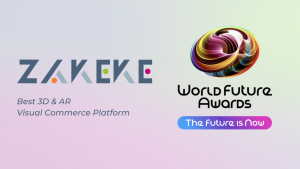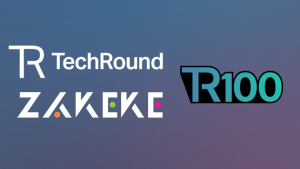In today’s digital landscape, engaging product visuals are more critical than ever. They not only capture attention but also drive customer engagement and increase conversion rates. However, creating high-quality visuals can be challenging due to time constraints, resource limitations, and the need for professional skills.
This is where Artificial Intelligence (AI) steps in as a game-changer. By leveraging tools like AI image generators, businesses can overcome these hurdles and transform their visual content strategy.
The Importance of Engaging Product Visuals
Visual content plays a pivotal role in shaping consumer decisions. High-resolution images that highlight every detail of a product are strategically crafted to evoke trust and desirability. These visuals showcase the product’s quality, functionality, and unique features, making it more appealing to potential customers.
Engaging visuals not only enhance brand perception but also instill confidence, ultimately increasing the likelihood of a purchase. In today’s saturated market, exceptional product imagery isn’t just an advantage – it’s a necessity for grabbing attention and converting viewers into buyers.
How AI Helps You Create Product Visuals
In today’s digital landscape, engaging product visuals are essential to standing out. They grab attention, drive customer engagement, and significantly boost conversion rates. However, creating these visuals often requires time, expertise, and substantial resources – challenges that many businesses struggle to overcome.
Artificial Intelligence (AI) has emerged as a game-changer in this space, offering innovative solutions to streamline and elevate visual content creation. By leveraging tools like AI-powered image generators and editing platforms, businesses can transform their approach to product visuals, ensuring both efficiency and creativity.
How AI Enhances Visual Content Creation
AI is revolutionizing how businesses create and manage their product visuals. From automated design processes to personalized content, AI tools are empowering teams to deliver high-quality visuals with less effort and greater impact.
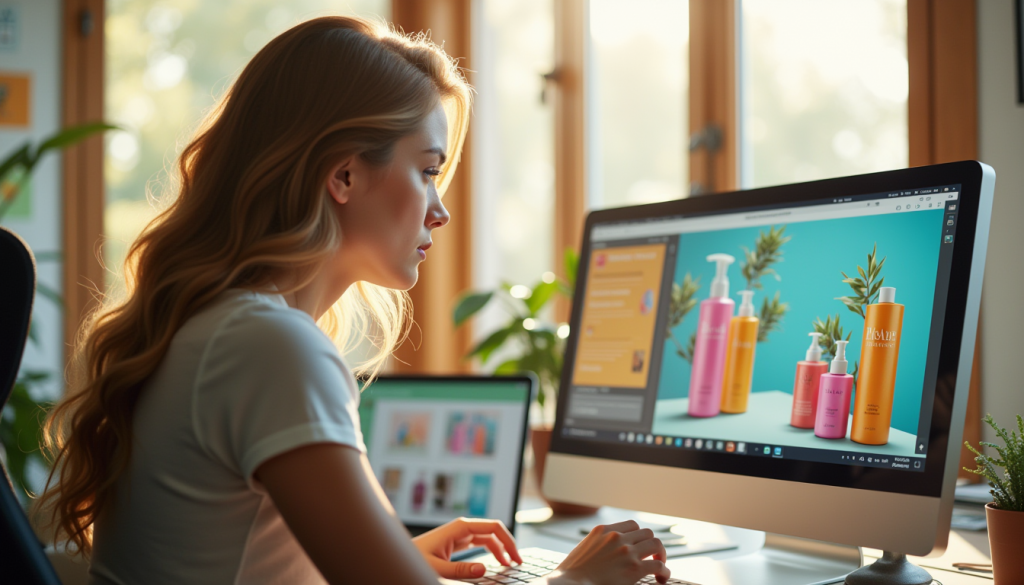
AI for Image Editing and Enhancement
AI-powered platforms like Canva’s Magic Resize feature simplify the process of creating visuals for different platforms. For example, with a single design, you can generate formats optimized for Instagram posts, Facebook ads, and Pinterest pins in seconds. This automation not only saves time but ensures consistent branding across all channels. Whether you’re launching a product line or running a seasonal campaign, AI tools enable seamless adjustments, making them indispensable for marketers and designers alike.
AI for Image Editing and Enhancement
Traditional image editing can be tedious, especially when managing large product catalogs. AI tools dramatically streamline these tasks:
- Background Removal: Tools like Adobe Photoshop’s AI-powered Select Subject can isolate products from their backgrounds in seconds. This ensures a clean, uniform look for catalogs or e-commerce listings;
- Color Correction and Consistency: AI algorithms automatically adjust lighting and color balance, ensuring that product colors appear accurate and consistent. This is especially critical for reducing customer returns caused by color discrepancies between images and actual products;
- Image Upscaling: Advanced tools use AI to upscale images, enhancing resolution without compromising quality. This makes them ideal for creating detailed product visuals or adapting visuals for large-format displays.

AI-Generated Visuals and Art
AI doesn’t just edit images, it creates them. Brands are leveraging AI to generate unique visuals:
- Style Transfer Applications: AI image generator styles allow you to seamlessly apply artistic effects to product photos. Imagine transforming a standard product image into a sparkling, diamond-inspired design, perfect for a unique and eye-catching limited-edition promotional campaign;
- Concept Visualization: AI can bring abstract ideas to life without the need for extensive graphic design skills. For instance, a furniture brand can use AI to visualize new product concepts in different settings, helping customers better understand the offerings.
By enabling rapid innovation, AI-generated visuals provide businesses with fresh, engaging content that resonates with their audience.
The Benefits of Using AI for Visual Content Creation
- Time Efficiency: AI tools reduce the time needed for repetitive tasks, such as cropping, resizing, and editing. For instance, eBay uses AI to automatically enhance seller images, enabling faster and more consistent listings;
- Cost Savings: By reducing the need for professional photo shoots and manual editing, businesses can allocate resources to other priorities like marketing and innovation;
- Consistency Across Platforms: AI ensures a cohesive look for product visuals, whether displayed on e-commerce websites, social media, or printed materials;
- Enhanced Creativity: AI-generated ideas and styles inspire new approaches, helping brands stay fresh and innovative.
Best Practices for Using AI in Visual Content Creation
Selecting the Right Tools
Not all AI tools are created equal. Research platforms that cater to your industry. For example, Looklet offers virtual mannequin technology for fashion brands, while Houzz’s View in My Room 3D allows home decor businesses to visualize products in customer environments.
Integrating AI with Human Creativity
AI is a powerful assistant but not a replacement for human creativity. Use AI to automate tedious tasks while letting your creative team refine and perfect the final product. For example, luxury brands often use AI for trend analysis but rely on designers to infuse their unique style into campaigns.
Quality Assurance
Always review AI-generated visuals to ensure accuracy and alignment with your brand’s identity. For example, automated background removal tools may occasionally misinterpret product edges, requiring manual touch-ups to maintain professional quality.
Continuous Learning and Adaptation
AI tools evolve rapidly. Stay updated on the latest features and advancements through webinars, forums, and industry publications.
Challenges and Limitations of AI for Visual Content Creation
- Over-Reliance Can Stifle Uniqueness: If everyone uses the same AI templates, visuals may lose distinctiveness. Customize AI outputs to align with your brand’s unique identity;
- Initial Learning Curve: Implementing AI tools requires an investment in training and adaptation, which can be challenging for smaller teams;
- Technical Limitations: AI might struggle with complex, nuanced designs that require human intuition and expertise;
Conclusion
Artificial Intelligence is transforming the way businesses approach product visual creation, offering unparalleled efficiency and creativity. By automating repetitive tasks, enhancing visuals, and enabling personalization, AI empowers businesses to create engaging content that drives results.
Now is the time to incorporate AI into your visual content strategy. Start by identifying tasks that can be automated, explore tools suited to your needs, and combine AI’s capabilities with your creative team’s expertise. By embracing AI, you’ll not only produce high-quality visuals but also gain a competitive edge in today’s visually driven marketplace.




